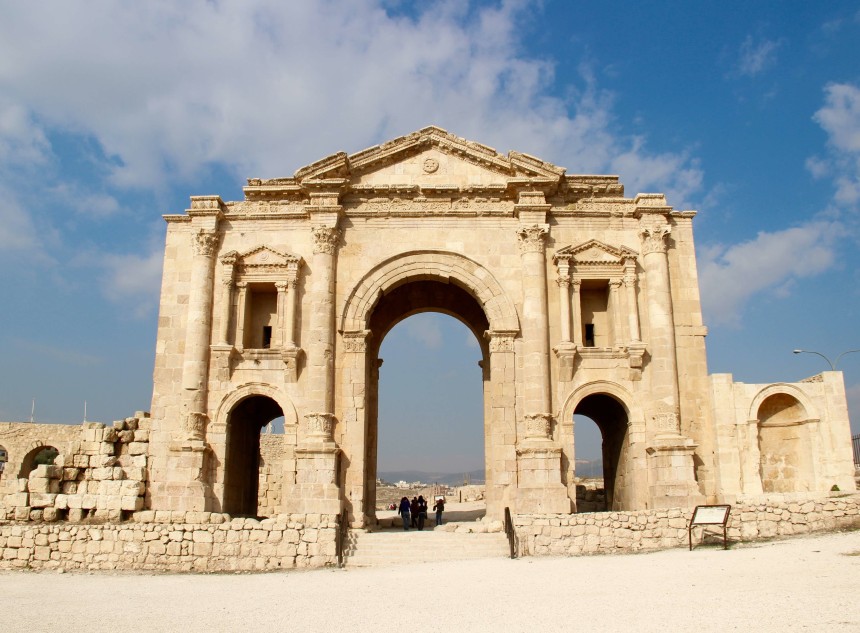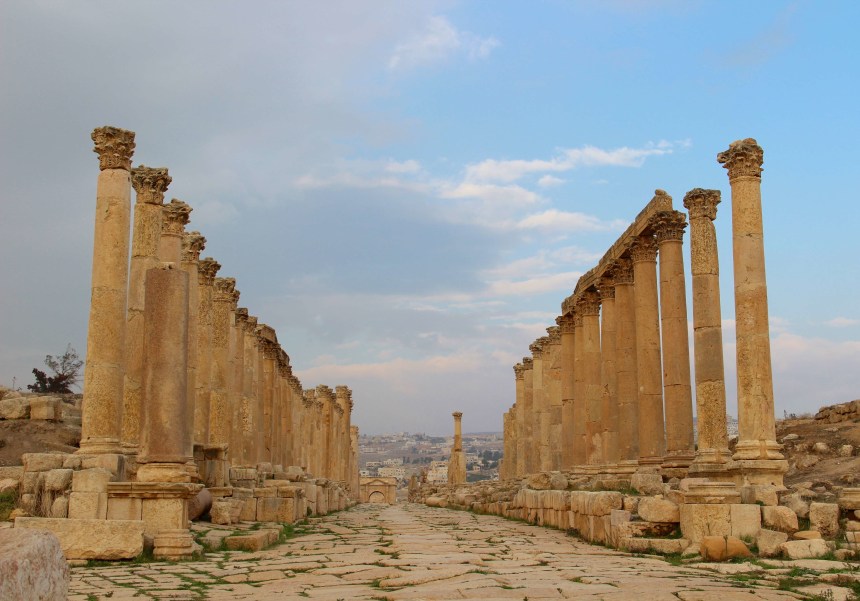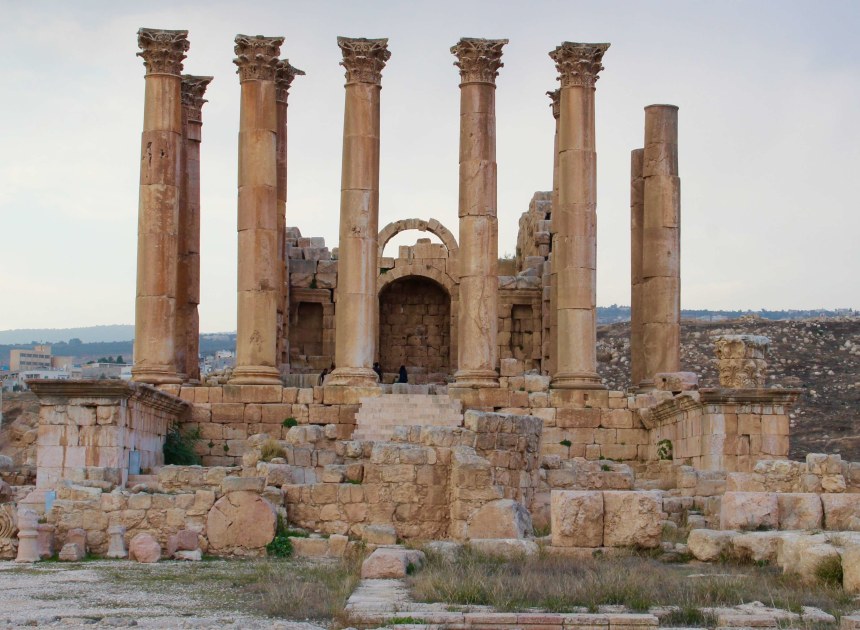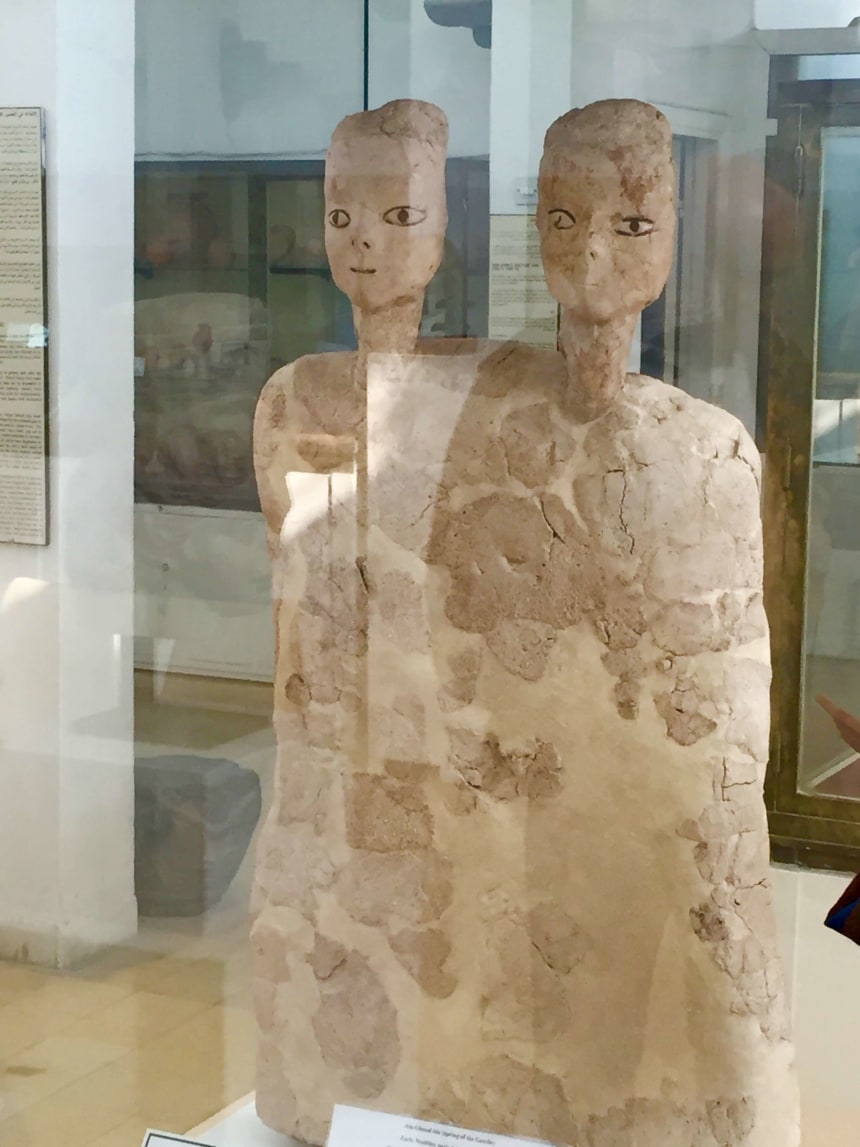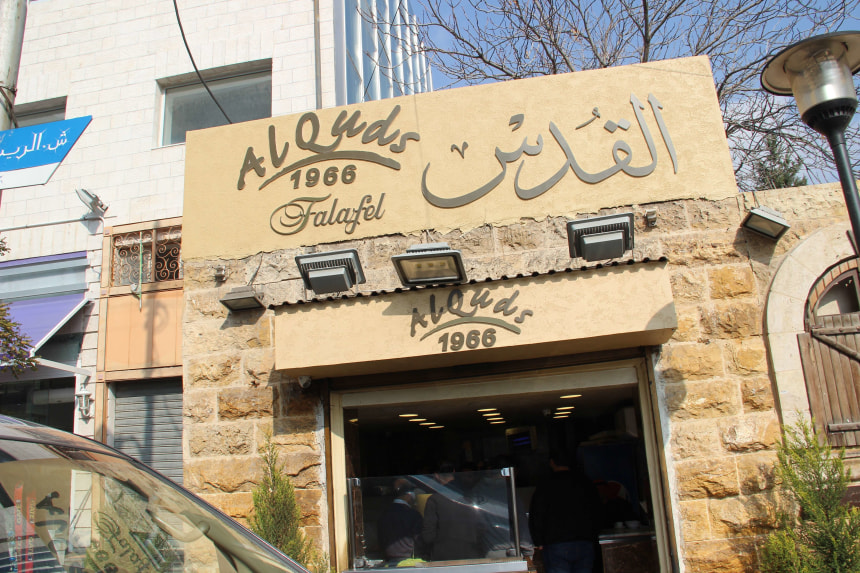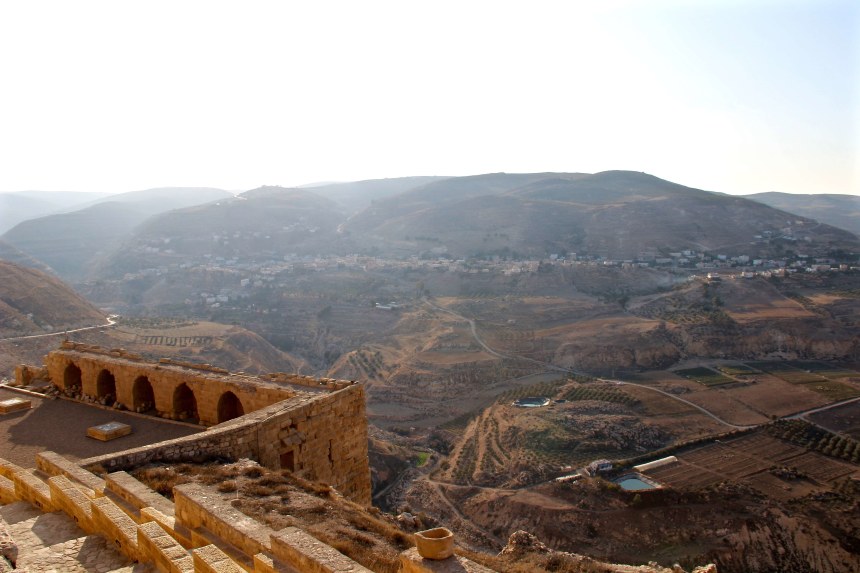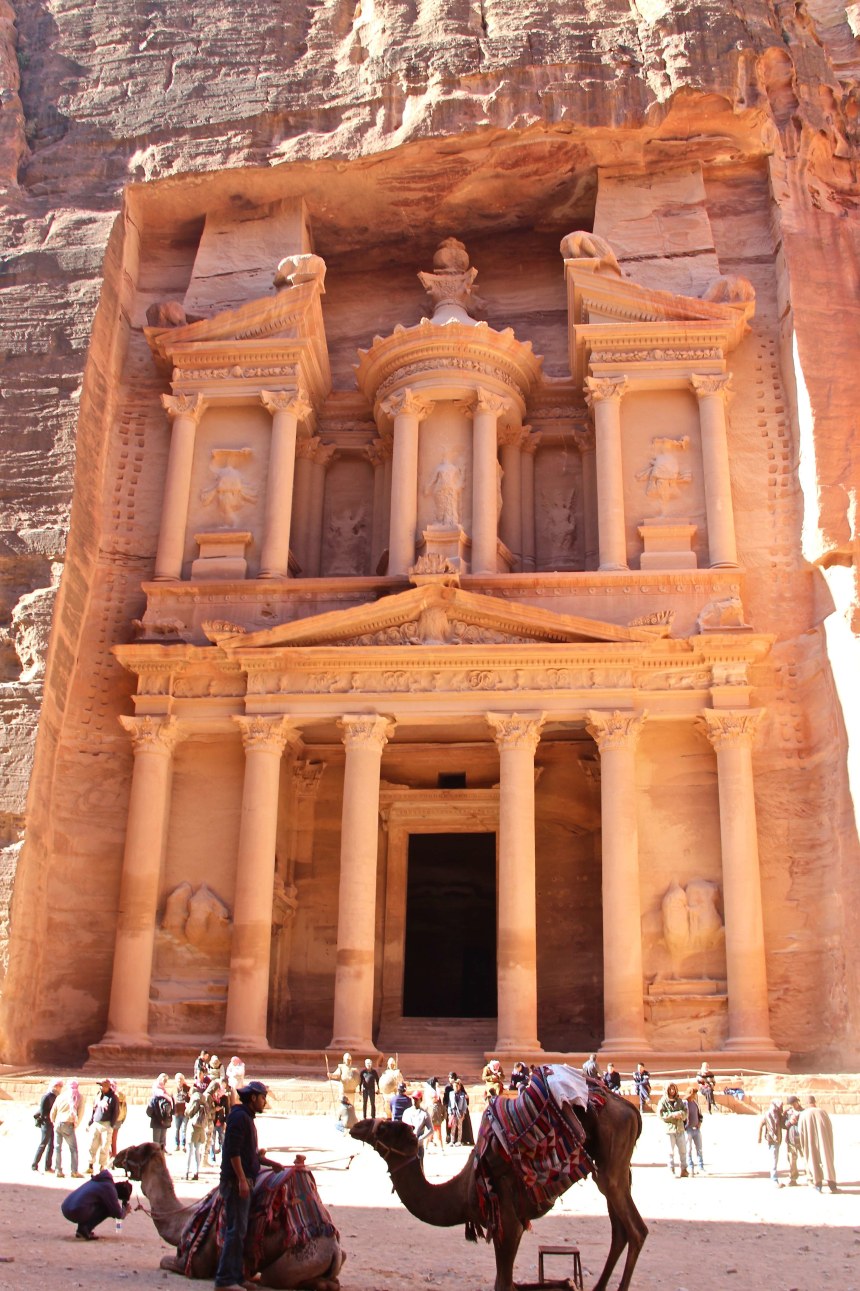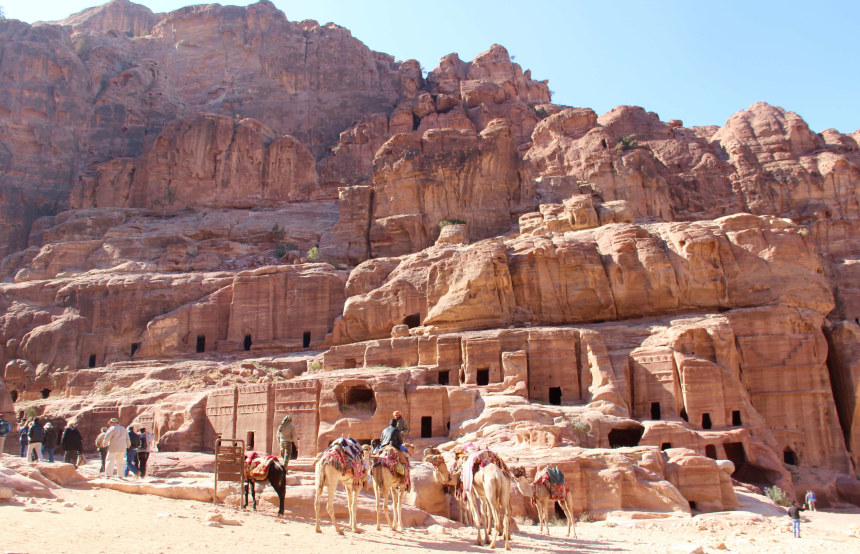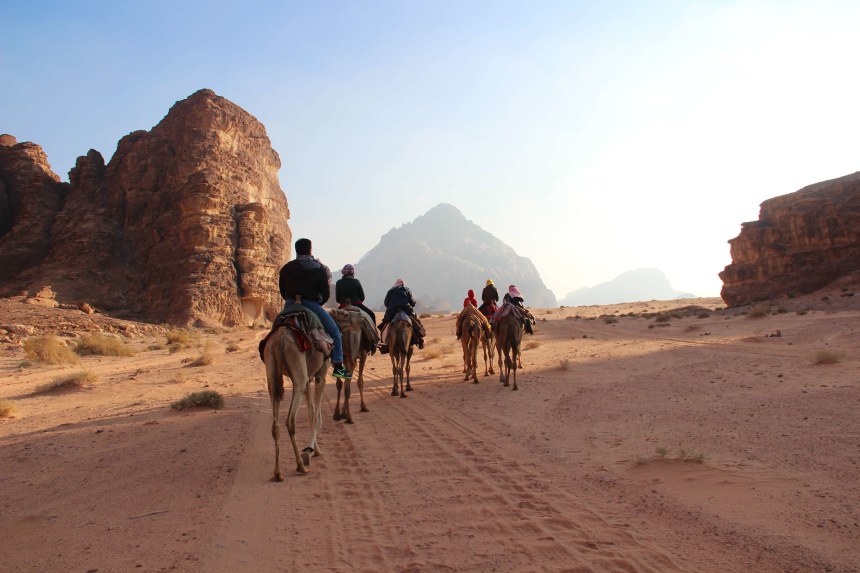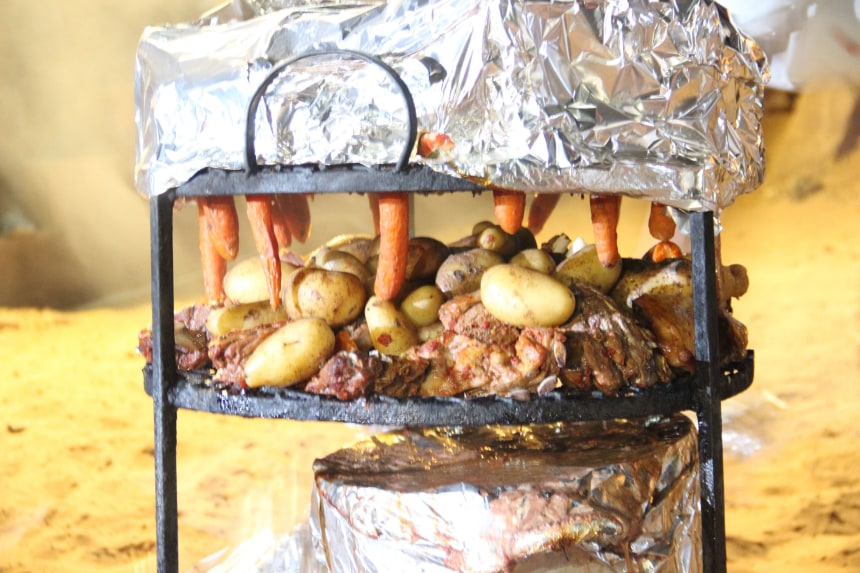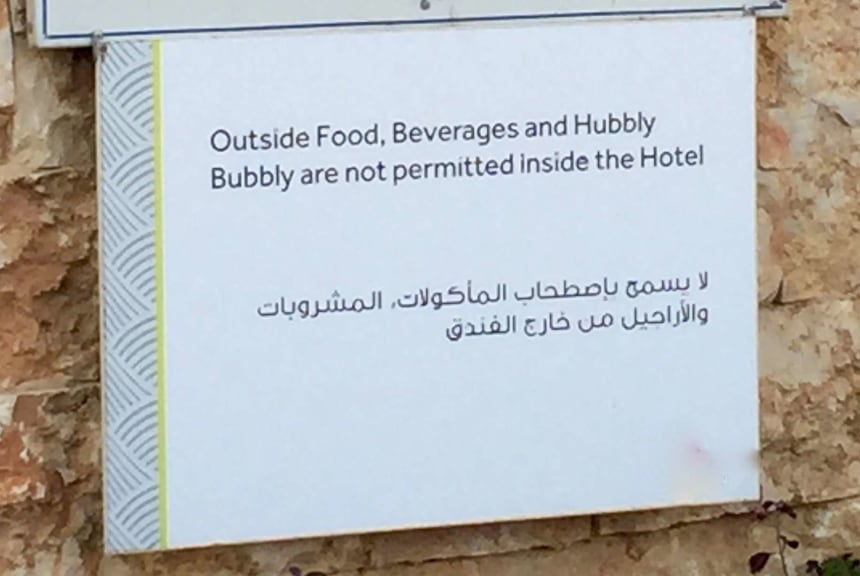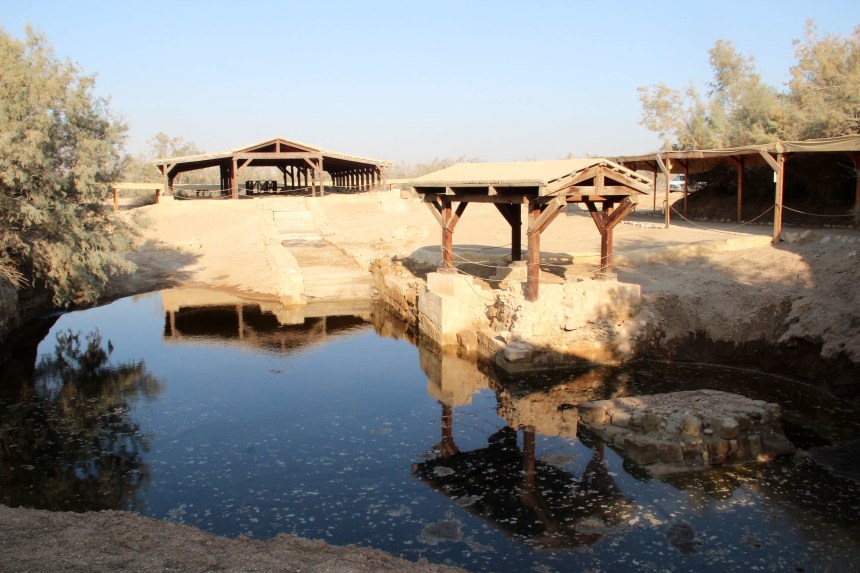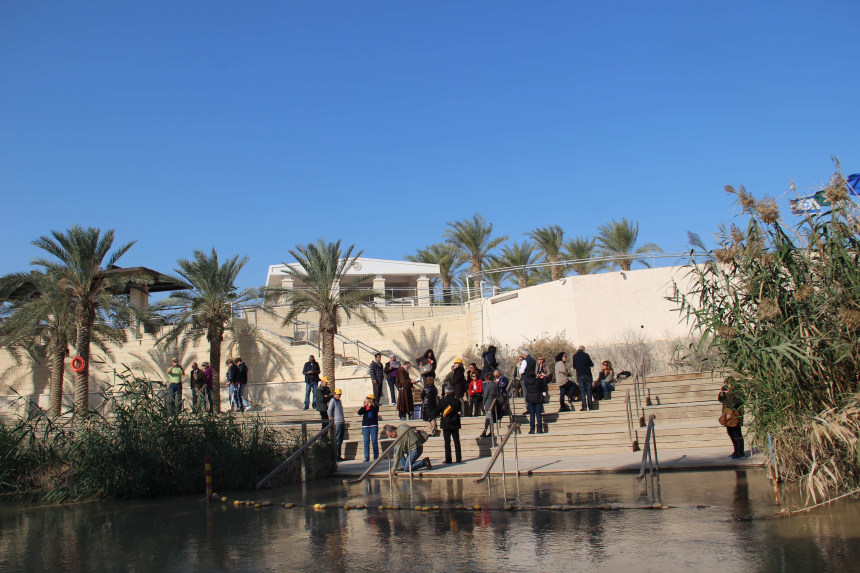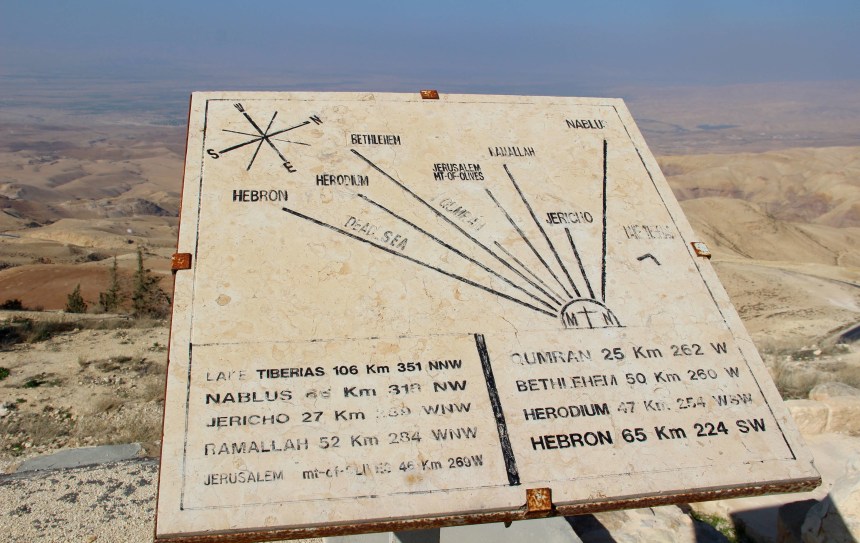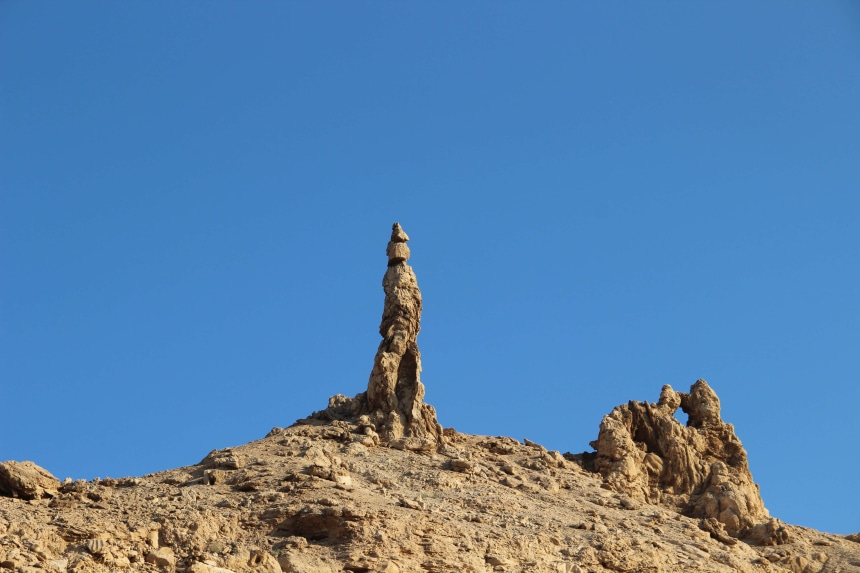| 12 mins read
by Gaurav Kumar
To begin with, our Jordan trip almost did not happen. An unwell set of kids, crazy work schedules, and a daunting 14 hour connecting flight ahead; it would’ve been so much easier to kick back in Singapore and enjoy the brilliant rainy weather blessing the city! Add to that concerned friends and family cautioning our decision to visit a country that was sitting right in the midst of the Middle East crisis.
But then we were a family on a mission to tick off a very important item on our bucket list! Jordan has been a must do destination for us since quite a while; and so we braved up, and were off!
Jordan airport was a delight; with a Jordan pass, visa on arrival (for Indian passport holders) was a breeze. We were promptly met outside by our guide Firas Mesmar. As per the detailed schedule he had drawn up for us 2 weeks prior to our arrival, we were whisked off to the Greco Roman city of Jerash. Over the one-hour car ride, Firas gave us an introduction to the cultural, historical and economical state of affairs of the country. It was interesting to note that with the Middle East crises that have struck over the years, Jordan today supports refugees that count for one third of its total population. For a land whose tourism has taken a beating due to its quarrelsome neighbours, and is notoriously water starved, this figure highlights the famous Jordanian hospitality!
Jerash
Jerash was a fantastic start to our trip. While the region has age-old roots, it came into its own as a city when Alexander set up a Greek settlement in the 2nd century and 3rd century BC. Firas gave us quite the detailed tour from the moment we entered through the Hadrian’s Arch. We saw the smallest hippodrome in the world, where in the summertime, (also the peak of the touristic season) chariot races are simulated.
The colonnaded streets of Kardo and Kumanis were in better shape than many other Roman ruins we’ve seen; one almost felt like royalty walking through them.
Then up through multi level steps, and we were straining our necks to view the tall Corinthian columns of the Temples of Artemis. We took a hundred pictures to capture the Oval Plaza, whispered to make ourselves heard in the South theatre, and even closed our eyes to imagine the grandiosity of the green marble that was said to have covered the walls of the Nymphaeum, all before resting next to the butcher blocks in the Agora. While anyone can walk around Jerash and claim to have seen it, I felt the knowledge of our Jordan tour guide transformed the visit into an eye opening experience.
Citadel, Fresh Falafel and the Al Karak Castle
The next morning was scheduled for our Amman city tour. We started at the Citadel, which was yet another lesson in Jordan’s long history. We walked through ruins of churches, marveled at how massive the Hercules statue would have been before it was destroyed by the earthquake of the 8th century, and took in panoramic city views, which has now expanded from the initial 7 hills to 14. Remember to visit the museum onsite; there are some very interesting exhibits to be seen, including the oldest statue made by humans in 6000-8000BC.
Even if you are not a car aficionado or a parent looking to indulge your kids car hobbies , the Royal Automobile Museum will wow you over. King Hussain’s love for cars and his incredible collection is one of a kind; and while we could not even touch most of them, there were a few cars that were available for us to get into, and take photos.
Rainbow Street is Amman’s busiest street, a great place to walk around and take in the city vibe like a local; don’t miss a visit to Alouds Falafel for fresh hot and absolutely delicious Falafel.
Having being exposed to the grandiosity of Jerash and the Citadel, Al Karak came across as a no frills military fortress. Panoramic views of the hills and valleys around explained why this station was a significant control deck for the crusaders.
Petra, Wadi Rum and Aqaba
We had an early morning start to Petra. A short walk from the entrance of the archaeological site, and we reached the Siq. Carriages are available to transport people to the treasury, but it is a better idea to walk and take in the varied sights along the way. There was so much to learn about the Nabataean way of life, with perceivable Greek, Roman and Persian cultural influences showing up at different points in time. There was the ingenious dam water engineering and terracotta pipes, carvings such as those of the camel caravan, the Nabataean god (Dusheras), the Djinn blocks, the Obelisk tomb, the Elephant rock and so much more. We went trigger happy with the endless photo opportunities that helped capture the vertical rock formations layered in different hues of red with veins running through them.
The walk through the Siq finally revealed fantastic views of the Treasury in all its splendour. Our Petra tour guide had recommended that we reach between 8-10AM, to catch the rays of the sun directly on the façade, and it was well worth it. Another great time to visit Petra would be every Monday, Wednesday and Thursday evenings for the night show from 8:30-10pm (check timings and schedule before you go since this can be subject to change) when the Siq is lit up by flickering lamps along the way for a truly magical effect. Remember to ask your tour guide about the relevance of all the symbols engraved on this magnificent tomb built for the Nabataean royal family!
From there, we walked down the Façade Street, where we saw the Persian influence on the city’s structures; we passed many tombs along the way, with engravings of stairs on the top, demonstrating the local belief in life after death. There was a huge Amphitheatre, Jordan’s largest, which could seat 8000 people! We saw the 4 tombs; the Florintinas tomb, Urn tomb, Corinthian tomb, Palace Tomb from a distance since we had made time only for a half-day tour.
To see the other major sights such as the above mentioned tombs as well as the High Place of Sacrfice, the Temples, Cathedral, and Monastery would require one or two full day’ s program of trekking, (though there are donkeys available on site to help with navigating some of the distances). A full day tour would definitely be a treat for history buffs, but the elder generation and people with kids may want to weigh their options. Having said that, our kids loved the rocky terrain and mysterious caves of Petra, and had a great time scampering around a beautiful cave area in the Façade Street naturally designed with multilayered red rock.
Wadi Rum is a one and a half hour drive away from Petra. The landscape here is surreal with stark red rock formations that look they have melted and re-fused together. I now understand why so many movies have been filmed in this area. Winter is not exactly the best time to take an open jeep ride there, but on the flip side, we had the place almost to ourselves.
Shortly into the ride, we met a camel caravan along the way; the Bedouins saw our kids get excited about seeing the camels up close and graciously offered us a short camel ride. We saw a beautiful sunset, with the sun casting orange glows over a red setting. The rest of the evening continued on a high note with dinner at a Bedouin camp. A bonfire under the stars sipping multiple rounds of Bedouin tea, as the hosts twirled to the accompaniment of Bedouin music; sheer bliss.
Dinner in itself was a good spread of the local cuisine along with the Zarb; a Bedouin barbeque of meats cooked underground with charcoal and recovered with much fanfare to arrive at the dinner hall piping hot! Our family was vegetarian, and the Bedouin hospitality came through when our hosts sprung up extra vegetarian dishes for us, though the mezze spread would have been more than enough as a treat.
The Bedouin camp was such only such by name; in reality it could give a 5 star hotel a run for its money, with beautifully anointed tents furnished with ample amenities for visitors who would like to spend the night. The suites in particular were impressive, with electric blankets; white fluffy towels and plush sit out areas to soak in the calm and quiet of the desert. In retrospect we could have spent a night here, but we had planned a round of scuba diving at Aqaba the next morning.
Popular for its underwater life and red corals, the Red Sea functions as a natural border between Jordan and its neighbors. Right across, we could see Eilat in Israel, Taba in Egypt and Saudi Arabia to the south. It is interesting to see how the government is developing the area as a free trade zone, as well as a tourist hot spot. Luxury hotels have sprung up in the decade and artificial lakes are being constructed to add to the beach front.
Dead Sea floats, and the Biblical trail
The Dead Sea was our final stop; here we planned to make short excursions out to the attractions, and return to the Dead Sea by afternoon for a dip as well as to catch once of the best sunsets I have even seen.
Bethany beyond Jordan was a spiritual experience, from seeing the site of Jesus’ baptism to spending peaceful moments on the wooden benches in front of the Jordan River watching tourists on the Israel banks get baptised.
At Mt Nebo, we stood where Moses would have once stood overlooking panoramas of the promised land, dividing them up between the 13 tribes. The kids had a lesson in geography, as they used the map to identify the Jordan River valley, Dead Sea, and Jericho, and the holy lands of Bethlehem Jerusalem in the distance.
Though we missed seeing the chapel since it was undergoing renovation, the main mosaic at Mt Nebo was indeed a work of art; Our Jordan tour guide explained how the affluent Christians in those times commissioned these intricate floors in churches as a sign of their devotion. This was amongst the various other stories that he narrated to us from the Bible, authenticating them by pointing out their land coordinates around us. While your travel guide will definitely tell you about the significance of the serpent at Mt Nebo, do remember to ask him/ her about the statue of Ms Lot near the Hammamat Ma’ain.
Our final stop was at the St George’s Church, a rather unassuming church with a rather extraordinary mosaic map depicting the major biblical sites in the Middle East.
Enough has been written extolling the unique and fantastic experience to be had at the Dead Sea, and I'm happy to report it's all true. The floating in the sea was fun but beware of getting even a tiny drop of salt water into your eye or mouth; it can burn all right! If you do own a pair of water shoes, carry them even if it is just for the 2 minutes it takes to walk into the water; the crystallized salt on the stones can be sharp and make the entry into the sea a rather painful affair. The beaches usually have buckets of black sea mud lying around for applying; a small tip to the little boys who provide the mud, and you are well on your way to clear, young looking skin! Remember to let it dry before washing it off, which can make for a rather lengthy bath ritual.
Are you planning a trip to Jordan? Here are my learnings from my trip, which I do hope help you plan yours:
1. We unfortunately could not accommodate the Ma’in springs into our 5-day itinerary, or even the natural sights of Dana Biosphere Reserve and Wadi Al Mujeb, the latter a great spot for adventure sports. Do try to include these in your travel plans for the complete Jordan experience.
2. Many street vendors approach you to sell things. But we noticed that if we say no once politely, they go away. Similarly your tour guide will make pit stops on the highways at emporiums for a coffee and bathroom break. Here again, its not compulsory to buy, though it's quite nice to have a look.
3. Jordan is very expensive for souvenirs; we found the Turkish and Iranian artifacts to be much more expensive than say, their prices in Dubai or Turkey itself. Having said that, the mandatory magnets and T-shirts were duly purchased.
4. Jordan has rightfully earned itself the epithet as the “Switzerland of the middle east”. We felt safe during the visit. While there were checks at the hotels, there was no overwhelming security presence.
5. While Jordan is a hospitable and welcoming country, it is still conservative, and hence the right attire is highly recommended. Covered shoulders and legs at least up to the knees will help you feel more in sync with the local populace. Also check the temperatures of the places you are planning to visit. Despite being a cosy country, Jordan can surprise you with its varied climate zones.
Gaurav is a banker by profession, and a traveller at heart. A history buff,an adventure sports aficionado and an internet geek, he loves planning his travels and getting the best deals and experiences out of them...Challenge accepted!
All photos (c) Gaurav Kumar


